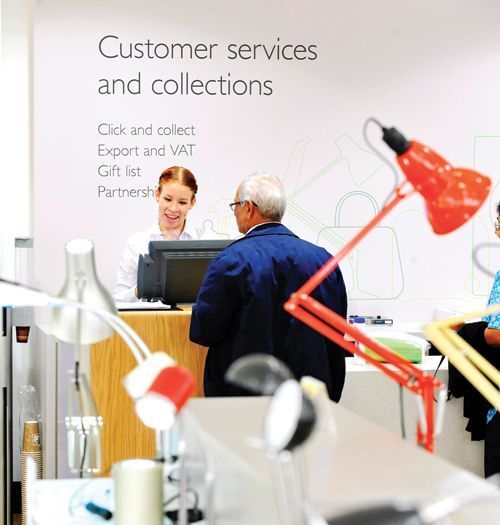The click-and-collect service – currently regarded as a must-have by almost every large multi-channel retail chain in the country – has so far mostly been available free-of-charge, as British retailers are aware of the close relationship between the delivery option and increased sales. Marks & Spencer is now reportedly expanding its 200-store free click-and-collect network by around 100 new locations in an attempt to attract more ‘always-on’ customers and drive extra revenue from the footfall the new collection points generate. However, the impact of free click-and-collect on retail chains does not always turn out to be so positive.
Too much of a good thing?
John Lewis, who runs a chain of 43 department stores and 338 Waitrose supermarkets, has recently decided to revolutionise its in-store collection policy. Customers picking-up orders worth less than GBP 30 will now be charged a GBP 2 click-and-collect fee, as the in






























































